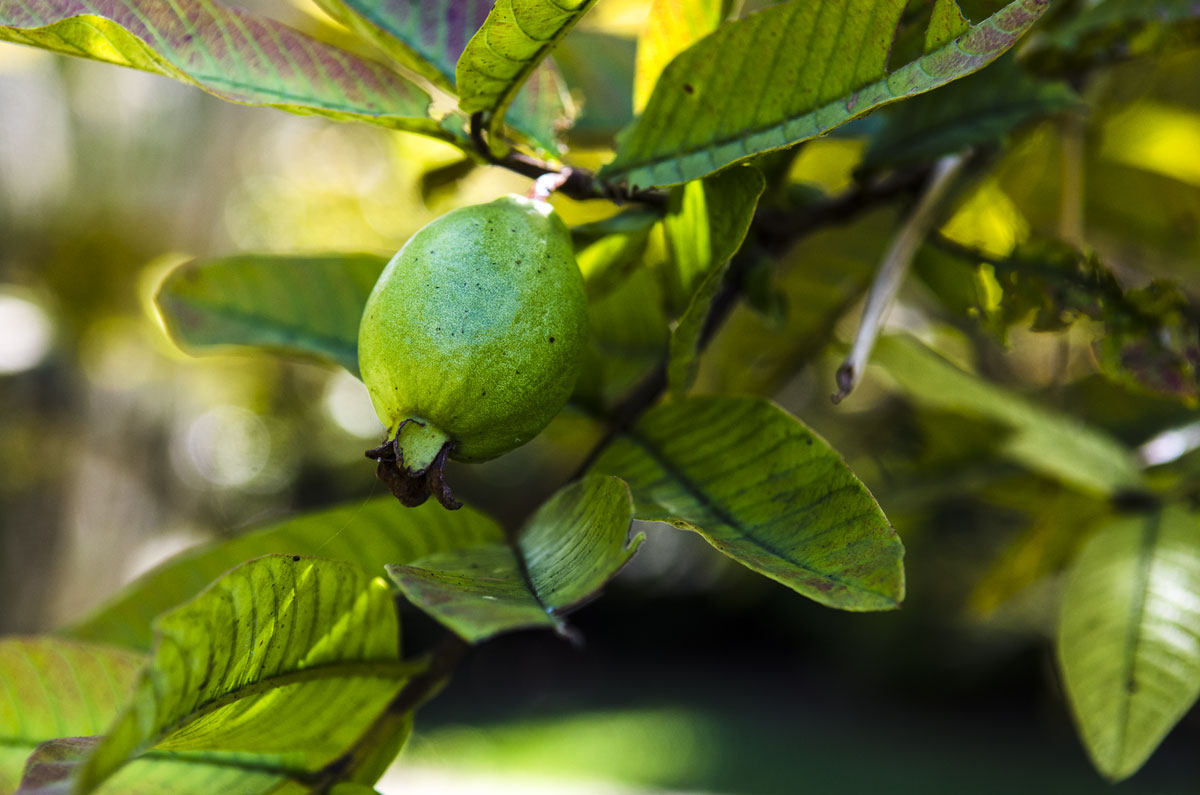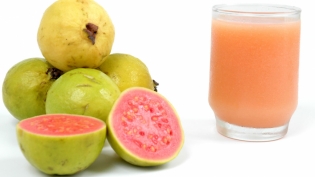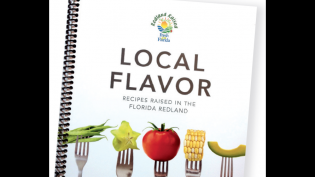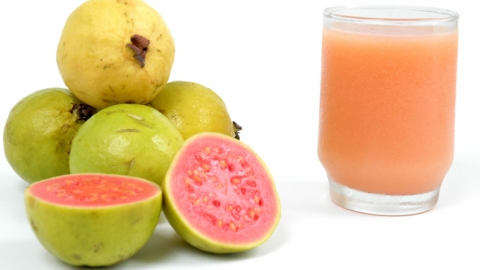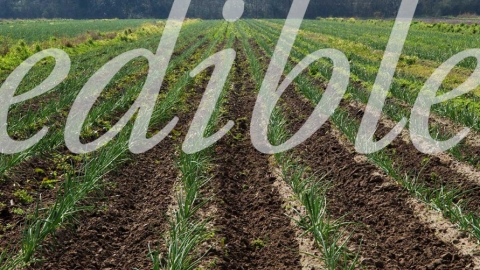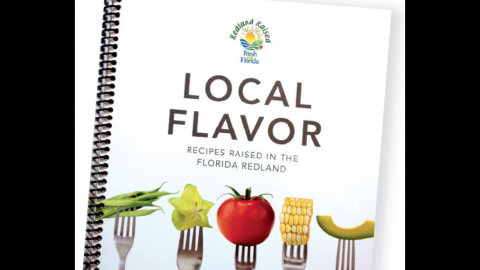Cooking with Fresh Guava
The intoxicating fragrance of fresh red or pink guava makes it a good choice for fruit salads, smoothies and refreshing drinks, but preparing the fruit can be a challenge because of the small, hard seeds, which “lie in obtrusive layers between the layers of flesh, like rows of buckshot,” according to Marjorie Kinnan Rawlings in Cross Creek Cookery.
Look for varieties that have fewer seeds. You can poach peeled fruits for 10 minutes, then pop out the seedy centers. Or peel, cut in half, and scoop out the seeds with a spoon. For nectar and puree, chop and cook, then press through a strainer. You can also pulse quickly in a food process to make a puree, then strain out seeds and pulp. (If you’re eating ripe guava out of hand, just eat around the seeds.) Thai guava, crunchy and white-fleshed, is usually eaten unripe and raw, julienned and added to green papaya or mango salads. Both are excellent sources of vitamin C.
Find More Recipes
Brooks Tropicals
Tropical Fruit Growers of South Florida
Grow Your Own Guava Tree
Guava (Psidium guajava) – guayaba in Spanish – is a member of the Myrtaceae family, which includes the aromatic plants clove, bay rum, allspice and eucalyptus. Native to the tropical Americas, guava grows easily in South Florida is considered invasive in some areas. Trees grow to 20 feet and produce two crops a year in the summer and spring, but with pruning can fruit nearly year-round. Plant in full sun. Pick pink or red guava when the peel turns light green to yellow and allow to ripen. Pick white guava when full-sized and green to light green.
Find guava trees at South Florida nurseries. The Rare Fruit and Vegetable Council of Broward also sells guava at its semiannual sales in April and October.


